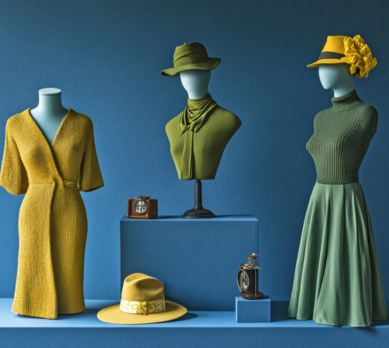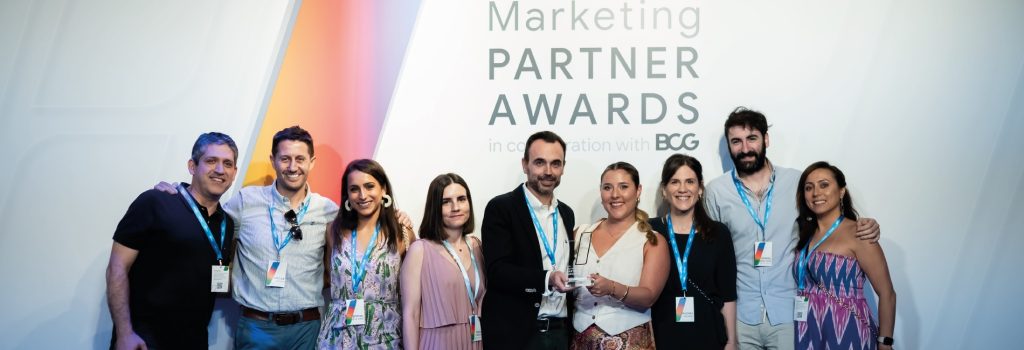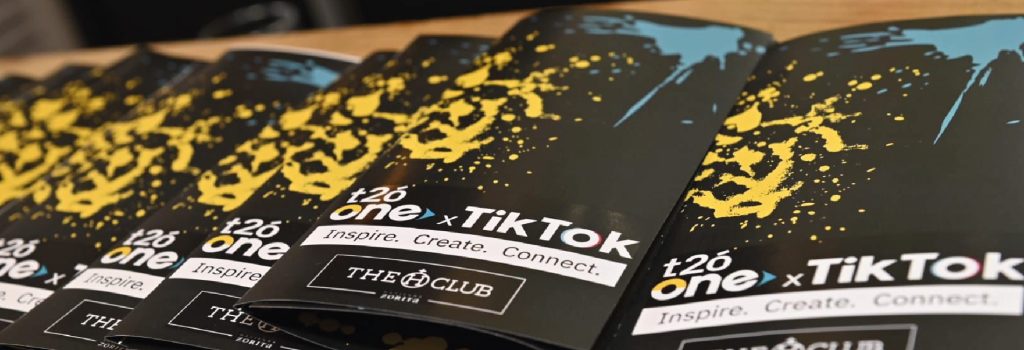As explained in The State of Fashion 2025 report by McKinsey and The Business of Fashion, the fashion landscape in 2025 presents significant challenges for the industry, marked by uncertainty. The economic situation and the impact of inflation have made consumers increasingly price-sensitive. Factors such as the climate crisis, the rise of counterfeits, and global trade issues demand a swift and effective response from the various brands in the sector.
In this context, personalization and digitalization are solidifying as fundamental pillars for companies to remain competitive. The most modern and innovative brands are gaining ground in the industry, pushing more traditional firms to adapt to changing consumer habits to avoid losing relevance. Although many consumers have returned to physical stores, online shopping has gained greater prominence, with many using new technologies like Virtual Reality (VR) and Artificial Intelligence (AI) to make purchases. Various innovations are transforming the interactions between customers and products, creating hybrid experiences that blend the digital and physical realms.
Artificial Intelligence continues to establish itself as a fundamental pillar within the fashion sector, enabling brands to maximize the personalization of consumer experiences while optimizing creative and logistical processes. This allows brands to offer products that are more tailored to the needs and preferences of consumers, thereby strengthening their relationships with them. Additionally, another technology transforming the industry is robotics, through the automation of processes ranging from garment production to efficient inventory management and subsequent distribution.
Meanwhile, immersive technologies such as Virtual Reality (VR) and Augmented Reality (AR) are gaining ground in creating multisensory experiences that enhance consumer engagement with different brands. These experiences not only capture consumer attention but also allow for deeper interaction with the brand.
5G technology and big data analytics will also play a key role in the industry, helping to connect consumers and brands more precisely. This will enable brands to anticipate future trends and offer more personalized products, helping them meet the increasingly demanding expectations of consumers.
Main Digital Trends in the Consumer Sector
- Artificial Intelligence
AI is helping brands better understand their consumers by providing unique and personalized shopping experiences. Louis Vuitton is an example of this, having implemented an exclusive 24-hour assistant to cater to the needs of its clients, offering a close, high-end customer service experience. At the same time, there are brands that use AI to personalize consumer experiences by tailoring each interaction to individual tastes and preferences, while others are leveraging algorithms to foster collaboration between the brand and the consumer.
- Virtual Reality
These types of technologies are creating multisensory spectacles that help consumers enjoy unforgettable experiences. With such innovations, many brands have the ability to enhance consumer experiences, improving their convenience. At the same time, other brands have embraced these technologies to launch luxury products, blending the physical and digital realms to create unique offerings.
- Big Data Analytics
The analysis of large volumes of data, through Big Data technology, is now a key tool for predicting and staying ahead of future trends. Many companies have managed to personalize their services thanks to data analysis, while others have gained a deeper understanding of their customers. Some companies have even been able to anticipate trends using these technologies. This is the case with H&M, which, in response to waste, has turned to data to avoid excess stock, adjusting its supply to meet real demand.
- Robotics
Robotics is changing the fashion industry, from garment creation to logistics management. Many companies are using automation in their creative processes to achieve higher levels of precision. At the same time, these technologies are being used to automate the distribution of various products. Finally, some companies are moving toward automated logistics, promising greater efficiency in the supply chain.
- Other trends: NFC, 5G, contextual advertising, 3D printing, and blockchain.
Technologies like NFC, 5G, 3D printing, blockchain, and contextual advertising are shaping the future of fashion. Some companies have launched digital passports to protect themselves, using blockchain technology to ensure the authenticity of their products. Other organizations have implemented smart mirrors, transforming the in-store shopping experience by offering a more seamless and personalized interaction. In the sports industry, some companies are taking innovation to the next level, promising to revolutionize the sports footwear industry through technology. There are also brands that have merged fashion and music by releasing sweatshirts with exclusive playlists, adding an emotional component to the fashion purchase experience.
What will you find in this report on «Digital Trends in the fashion Sector 2025″?
In addition to breaking down in detail all the industry trends and their use cases, this report features the participation of Marcello Messina, Worldwide Head of Global E-Business Director at TOD’S, who addresses the following issues:
- The use of AI to adapt to changes in consumption habits across different generations.
- The most relevant automated marketing strategies to reactivate inactive customers.
- The usefulness of data analysis to balance online sales and physical stores.
- How to leverage predictive analysis to identify opportunities.

Would you like to discover how all these trends are being put into practice? Here are some use cases from major global companies. Keep reading and download the full report for free!
1./ Artificial Intelligence: Understanding the Consumer for a Personalized Experience
- Louis Vuitton: An exclusive assistant available 24/7.
- Burberry: AI that personalizes the luxury customer experience.
- Moncler: Algorithms that help ‘co-create’ unique garments.
- Victoria’s Secret: Reinventing seduction.
2./ VR/AR: Multisensory Spectacles Creating Memorable Experiences
- Decathlon: 3D sneakers from the comfort of your home.
- Ray-Ban: Smart glasses with timeless frames.
- Gucci: Welcoming its creative director with an immersive documentary.
- Versace: Luxury products at the touch of augmented reality.
3./ Big Data Analytics: Predicting and Shaping Future Trends
- Stitch Fix: Personalizing boxes with the help of data.
- Hermès: Big data understanding the customer.
- Prada: Anticipating trends with big data.
- H&M: Data is everything to avoid excess stock.
4./ Robotics: Absolute Precision in Creative and Logistical Processes
- MIT: The “designer” robot is now a reality.
- Varner: Transforming distribution with robotics.
- Giuseppe Di Morabito: A humanoid robot on the runway.
- Hola Moda: Toward automated and efficient logistics.
5./ Other Trends: NFC, 5G, Contextual Advertising, 3D Printing, and Blockchain
- Tod’s: Digital passports to ‘protect’ their iconic Di Bag.
- COS: Smart mirrors that transform the shopping experience.
- Burton Menswear: Fashion that ‘responds’ to the weather.
- Nike: The future of sports footwear printed in 3D.
- Balenciaga: Sweatshirts with exclusive playlists.
Download the full report «Digital Trends 2025 | Fashion Sector» for free here:
If you want to stay updated with the latest trends from other sectors, take a look at all the reports from t2ó Industry.



